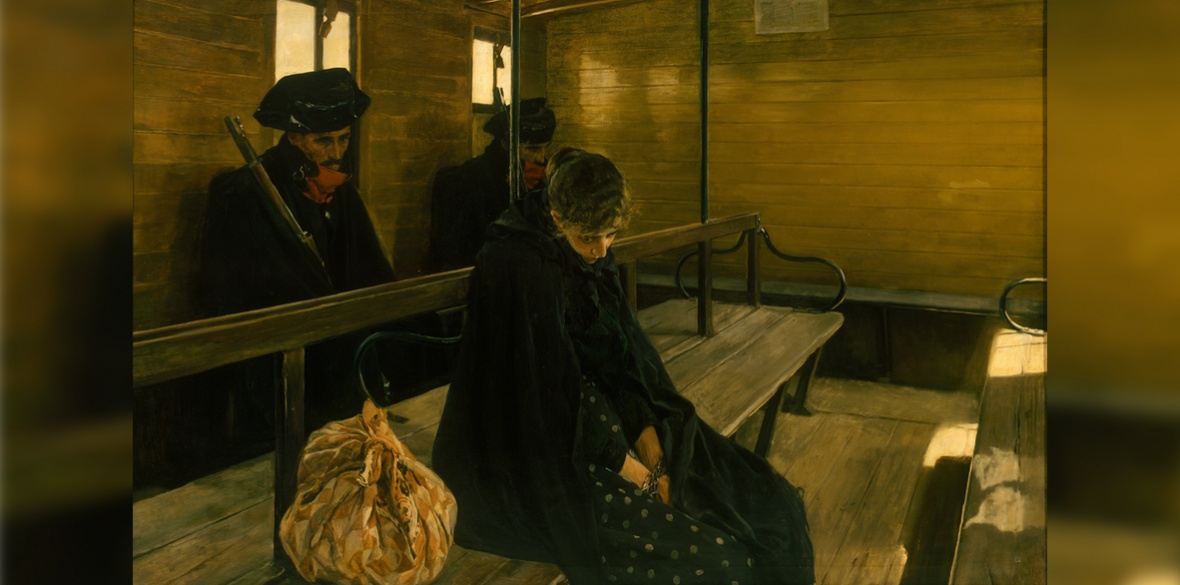This is the last article you can read this month
You can read more article this month
You can read more articles this month
Sorry your limit is up for this month
Reset on:
Please help support the Morning Star by subscribing here
JOAQUIN SOROLLA Y BASTIDA was born in 1863 in Valencia at a turbulent time in Spanish history, when civil wars were raging.
The country’s first republic was briefly established in 1873 and the political and intellectual ferment continued and intensified with the emergence of the “Generation 98” of novelists, poets, essayists and philosophers.
Among its most prominent figures were writers Miguel de Unamuno, who Sorolla painted in 1912, Ramon del Valle-Inclan, Pio Baroja and the poet Antonio Machado.
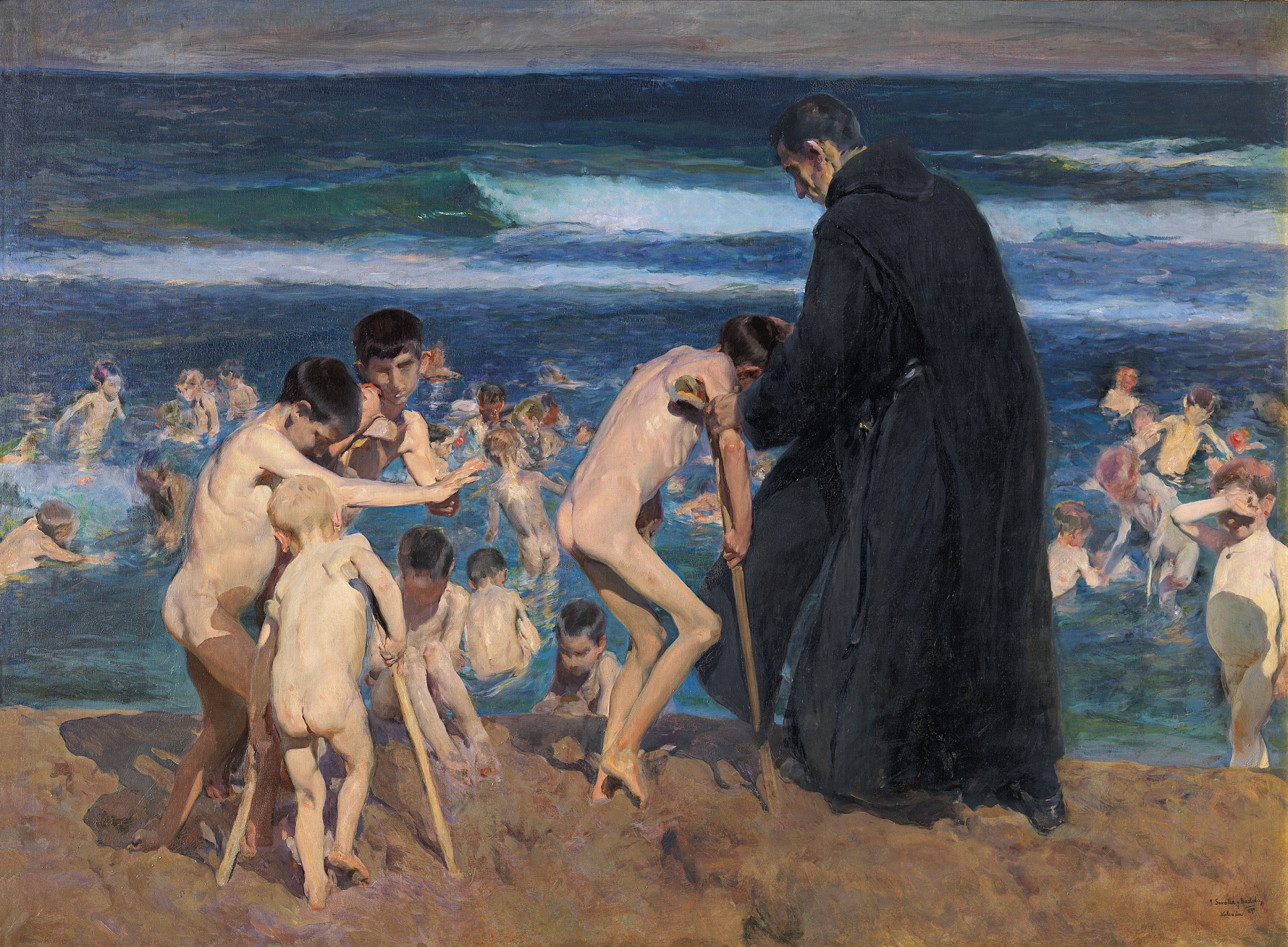
They confronted the moral, political and social crisis in the country following defeat in the Spanish-American war that same year and a subsequent decline in colonial power.
Sorolla, a prodigious talent, burst onto the art scene with a series of paintings that addressed social concerns, the earliest being Another Marguerite (1892). Based on an incident he witnessed in a third-class railway carriage when a young woman was being transported to trial for infanticide, he allegorically referenced it on canvas with his emblematic depiction of Margaret/Gretchen seduced by Goethe’s Faust.
But it was Sad Inheritance (1899), a depiction of a group of polio-affected children bathing in the sea and attended to by a monk, that won him the greatest accolades.
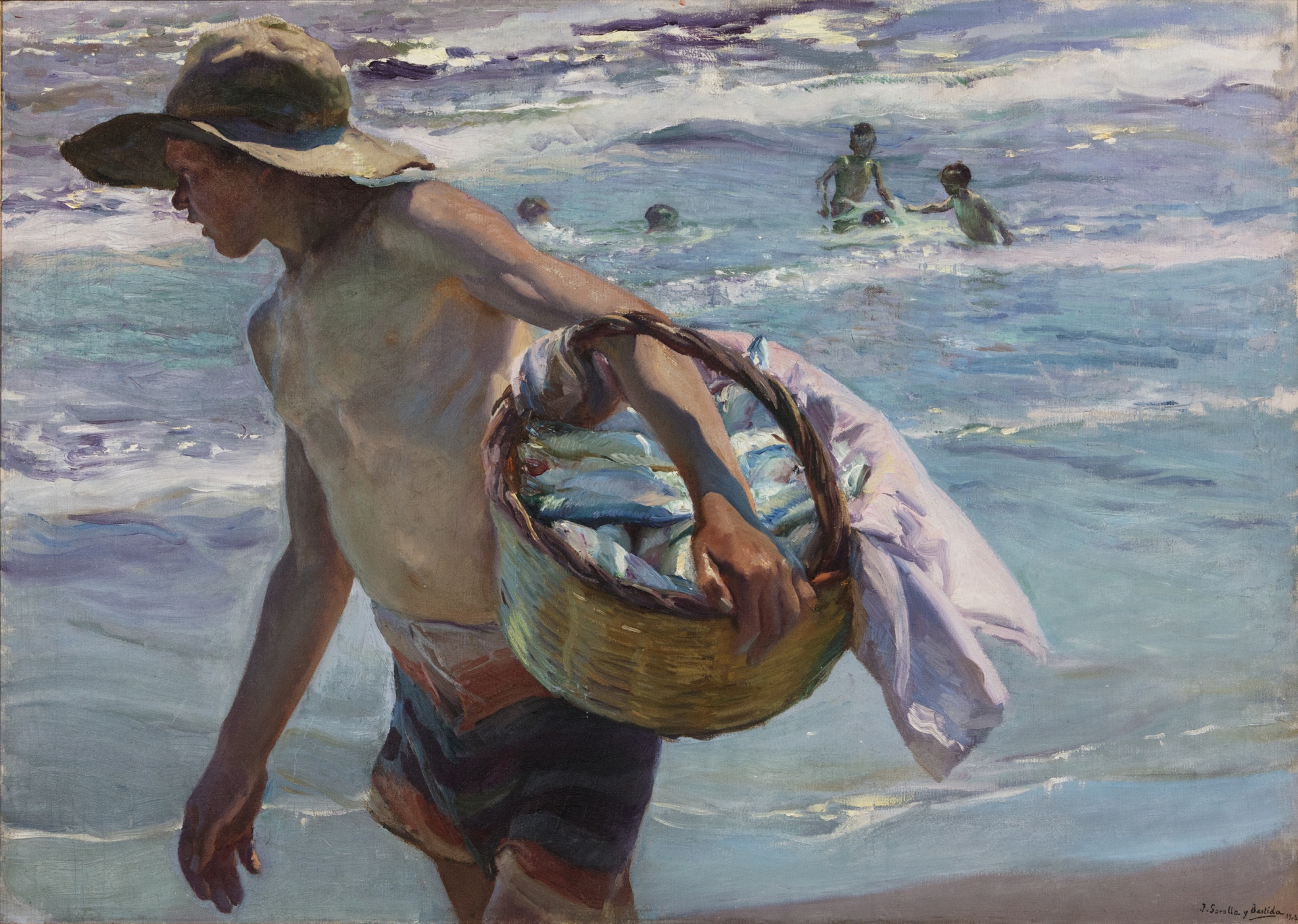
An impressively emotional canvas, it displays a powerful empathy with the sorrow in the scene, augmented by waves that are almost black. Sorolla painted it al fresco, with a characteristic passion and abandon. “I could not paint at all if I had to paint slowly,” he once said. “Every effect is so transient, it must be rapidly painted.”
Also on show in this exhibition at the National Gallery is And They Still Say Fish Is Expensive (1894), a chiaroscuro scene from the bowels of a fishing boat where fishermen tend to a badly injured comrade.
It’s perhaps his sharpest social comment and Sorolla’s canvases from this period would later impact on the young Pablo Picasso.
Quite why Sorolla abandoned such subject matter entirely is a mystery. He would return to it only sporadically in later years, as in the bleak Fisherman (1904) or The Drunkard (1910), in which he depicts the beach as simultaneously a place of work for some and leisure for others.
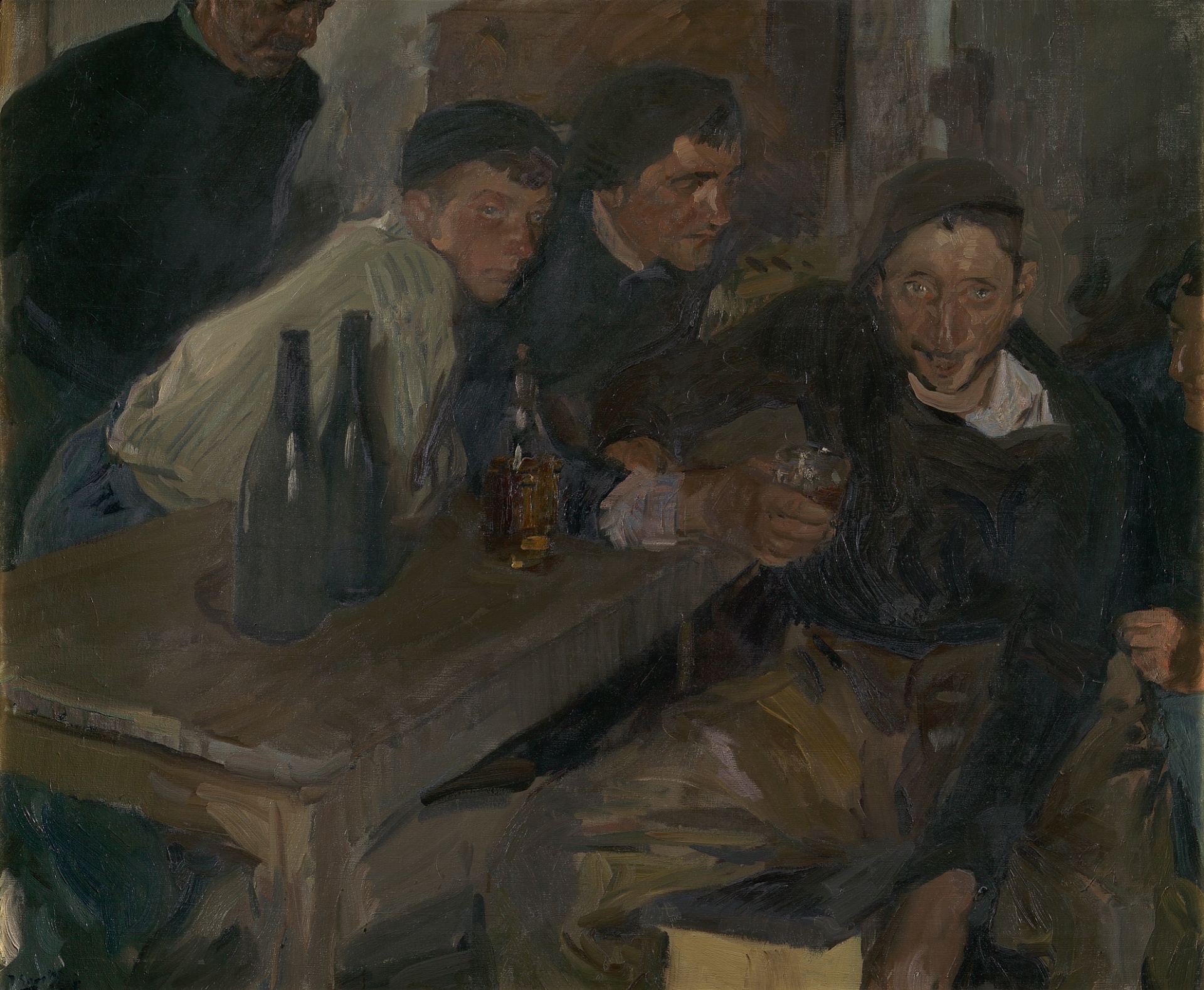
Sorolla delighted in being a “beach bum” and the canvases this inspired capture the ambiance with gusto. There’s an almost bucolic atmosphere, if also emotional detachment, in paintings such as Strolling Along the Seashore or Running Along the Beach. That same detachment is there too in the often sentimentalised and somewhat static painting of fisherfolk, where the only animation is in the wind-blown sails or the Oxen in the Sea series.
His bold brush strokes are rarely more impressive than in his audacious landscapes, of which there are too few exhibited at the National Gallery.
Not on show are the black waters in the San Martin Bridge of Toledo, View of Tajo — with its mesmerising splash of celeste in the middle of ochres — the rolling fields in Around Jaca, the incredible green skies of The Sea at Zarauz or the shimmering waters in Puerto Valencia. They merit inclusion alongside the pink sunset in Cemetery of Sierra Nevada in the exhibition.
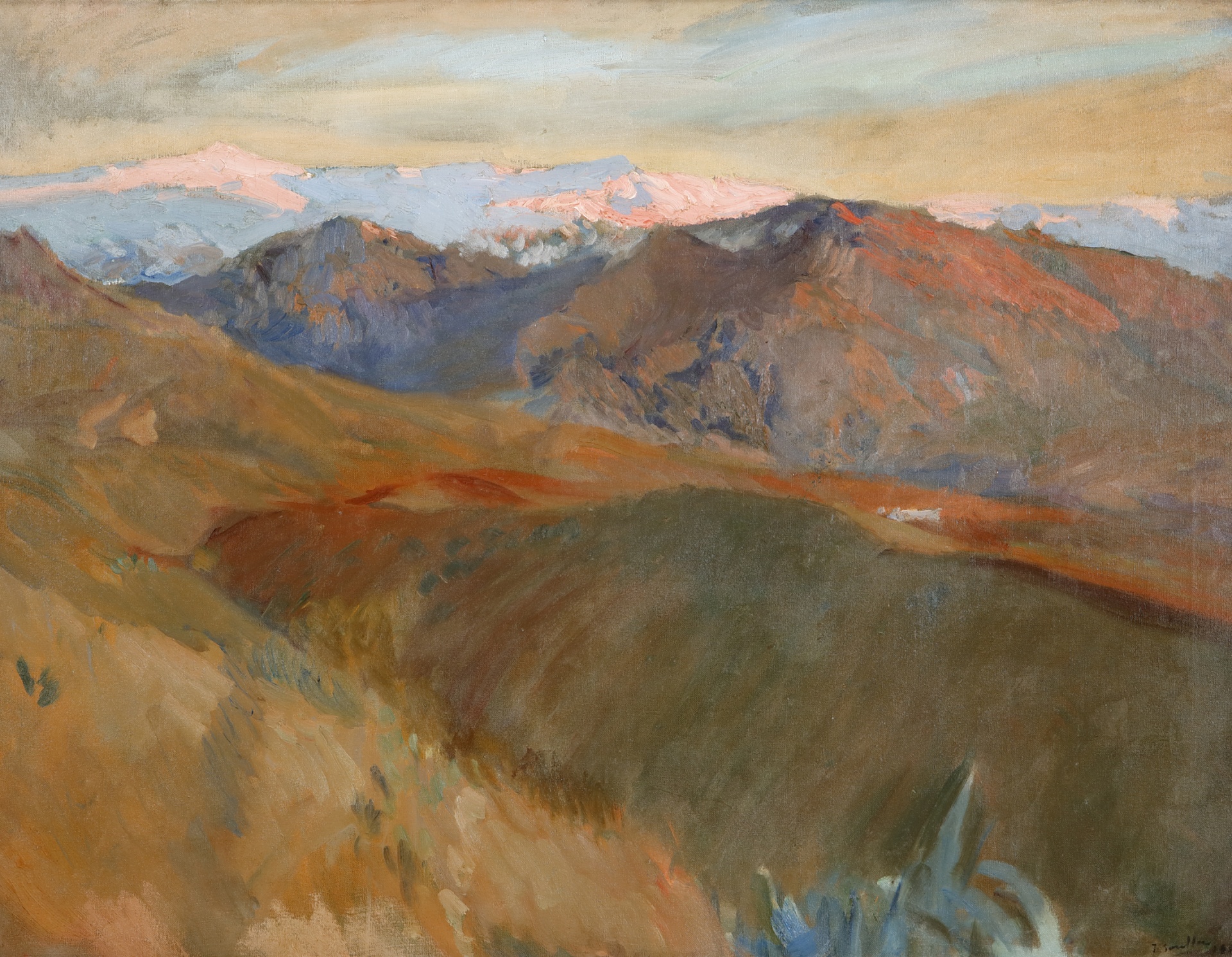
Sorolla’s portraiture of family or society figures is, disappointingly, somewhat conventional in composition or indeterminate in character or mood. But the brushwork remains exquisite.
Two contrasting paintings best encapsulate the quintessential nature of the artist. The impressively minimalist Mother (1895), with its rich textures contrasted by the two heads of a mother and child, is impeccably composed while The Siesta (1911), with its innovative use of fluid and soothing shades of fluorescent green, grey and white, verges on the abstract.
Ultimately, Sorolla engages more often than he disappoints — his ebullient style, with its technical swagger, dazzles whatever the subject he commits to canvas.
Runs until July 7, box office: nationalgallery.org.uk.

